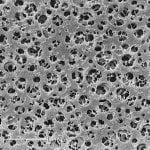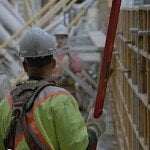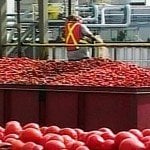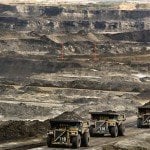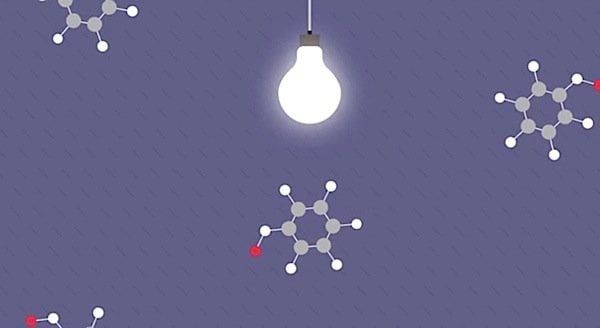
A chemist at the University of Copenhagen says he has invented a way to clean a wide range of different chemical and organic pollutants from the air using light. Professor Matthew Johnson, inventor of the Gas Phase Advanced Oxidation system (GPAO), claims it can eliminate not only dust, pollen and noxious fumes, but also industrial odours from sources like waste water treatment plants and iron foundries. The system, according to the University of Copenhagen, is more versatile than any competing systems.
GPAO works by using ozone and UV-C light to produce “in situ radicals” which oxidize the pollution. In effect, it converts gaseous pollution into “sticky” clumps of particles which attach together to form dust. The dust is given an electrostatic charge which causes it to be attracted to a surface to which it becomes attached. The dust is attracted to this surface the same way it sticks to a computer screen. There are no filters, and it uses very little energy. Scroll down to see a video explaining the process.
Johnson describes his system as mimicking the natural ability of the atmosphere to clean itself. “Nature cleans air in a process involving ozone, sunlight and rain. Except for the rain, GPAO does the very same thing, but speeded up by a factor of a hundred thousand.”
A paper published in the journal Environmental Science and Technology says that GPAO was more than 95 per cent effective in removing gases such as propane, benzene and ozone from the air in tests.
The system was patented in 2009 and has been in use in industrial sites since 2013. Professor Johnson says its use in a waste water processing plant eliminates foul smells and saved the plant from being closed. It has also been used to remove toxic fumes from fiberglass production and from an iron foundry, including benzene, toluene, ethyl benzene and xylene. It was also tested in various industrial sites where bad odours were an issue, from a pig farms to breweries to food processing plants.
GPAO is also effective at removing pollen, spores and even viruses, because the system “eats dust” according to the inventor. A video presentation showing how the system works claims that factories can get rid of their smokestacks if they use GPAO.
The World Health Organization recently reported that indoor and outdoor air pollution are a major health risk around the world, responsible for seven million premature deaths annually. This is more than traffic fatalities, diabetes and smoking combined. Johnson believes his system could play a major part in reducing pollution.






















